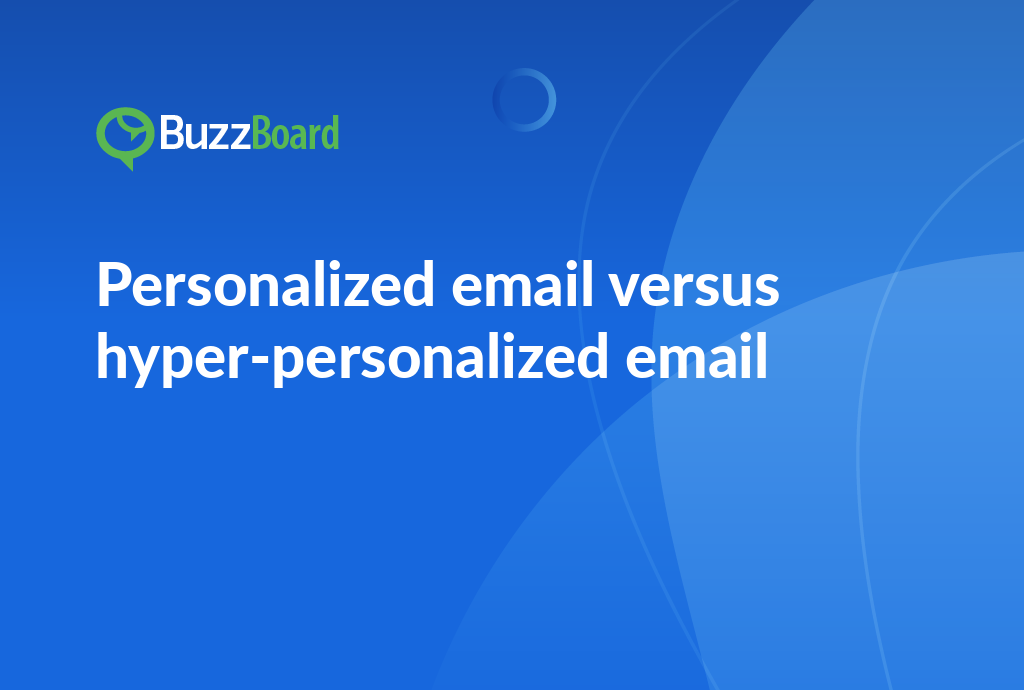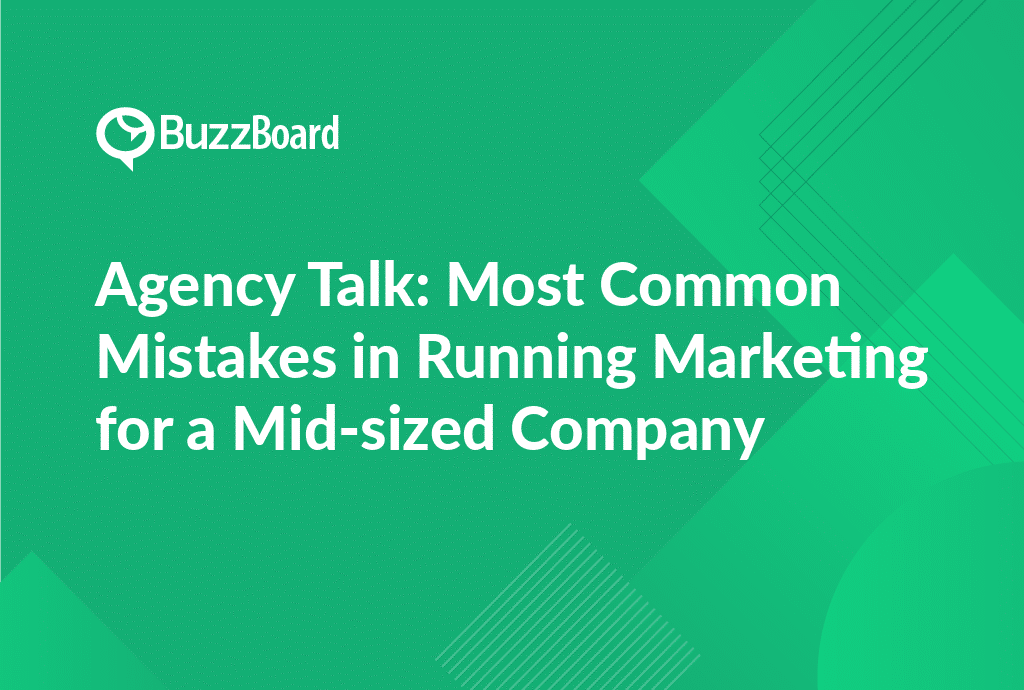Why Is It Essential for Mid-Sized Companies to Align Their Online and Offline Marketing Efforts?
In today’s competitive business landscape, fusing online and offline marketing efforts for mid-sized companies is not an optional exercise, it’s a necessity. Deploying a well-aligned marketing strategy can effectively target and engage your audience, regardless of whether they are surfing their favorite websites or attending events organized by mid-sized firms.
Online marketing provides a rich trove of trackable data, enabling companies to rapidly react to shifts in consumer behavior. Offline marketing, such as television, print ads, and promotional activities by mid-sized firms, meanwhile, remains essential for establishing local visibility and building trust. However, operating these two approaches in isolation can result in inconsistent messaging and missed opportunities for engagement.
Synchronizing your online and offline endeavors can create a seamless brand experience for customers, irrespective of the platform in which they engage with your mid-sized company. When properly executed, this integration can effectively bridge the gap between your online, generally more expansive reach, and your offline, usually more concentrated, marketing efforts.
The key objective is to comprehend your audience and recognize how they interact with your brand on various platforms. The ultimate goal should be to create a significant and consistent brand experience, whether via social media ads, email marketing, or events organized by mid-sized firms.
Remember, this process is more than just merging techniques—it’s about forging a balanced marketing ecosystem where online and offline strategies support and strengthen each other.
How Can Mid-Sized Companies Execute Their Online and Offline Integration Successfully?
Integrating online and offline marketing efforts can pose a significant challenge for mid-sized companies. However, this integrative approach can efficiently enhance your brand’s visibility and customer engagement, driving business success.
Online marketing, a digital strategy, includes activities such as email campaigns, social media engagement, blogging, and SEO initiatives. Contrastingly, offline marketing, a traditional method, involves print advertisements, promotional events, direct mailings, and networking.
To successfully merge these strategies, mid-sized companies should first establish a unified goal for both marketing strategies. Following this, a consistent message that aligns with both channels should be developed, ensuring a uniform brand image across all platforms.
Consider a promotional event hosted by your company. Online marketing tools, such as social media, can be used to invite attendees, live stream the event, and share creative content post-event. However, engagement doesn’t end there. Integrate offline marketing methods: use print media to advertise the event or send direct mail to thank attendees.
Remember, integrating online and offline marketing efforts isn’t a one-time task, but a consistent, strategic approach to your entire marketing plan. For success, regularly analyze and measure the performance of your integration.
By amalgamating online and offline marketing strategies, you can optimize your reach and impact, bringing your company closer to its overall business goals. For expert advice on effective marketing strategies, don’t hesitate to reach out.
The key to successful marketing lies in understanding your audience and meeting them where they are, both online and offline.
How Can Offline Events and Promotions Play a Role in Mid-Sized Companies’ Overall Marketing Approach?
In the digital age, it’s easy to underestimate the importance of offline events and promotions in a midsize company’s overall marketing strategy. Yet, melding your online and offline marketing efforts can create a potent combination that boosts visibility and brand recognition.
Offline marketing can be a vital tool for midsize companies, providing a personalized touch that’s often missing in online strategies. By attending or sponsoring offline events like trade shows, seminars, or workshops, businesses can interact directly with potential or existing customers. This face-to-face interaction fosters a robust, personal connection that can result in long-lasting business relationships.
Promotions such as product demonstrations or giveaways can generate excitement and engagement around a brand. Companies can utilize these promotions to collect contact information, which can subsequently be used in online marketing campaigns.
Merging your online and offline marketing efforts involves supplementing these offline strategies with online marketing. If your company hosts or participates in an offline event, promote it on your online platforms, including your social media pages, blog, or website. After the event, sharing pictures and videos from the occasion can sustain the conversation.
In summary, offline marketing strategies have enormous potential to augment midsize companies’ promotions. Providing personalized engagement, these tactics can be seamlessly integrated into a company’s broader online marketing strategy. Remember, a conscientious integration can result in an incredibly dynamic and successful marketing approach.
Some Strategies That Can Be Used for Linking Offline Marketing to Online Campaigns for Mid-Sized Companies
Incorporating both online and offline marketing tactics can serve as a game-changer for mid-sized companies, enhancing customer interaction and sales performance. A harmonious blend of these arenas empowers companies to harness the potential of virtual and physical markets, marking it a key strategy for mid-sized businesses.
A considerable tactic to sync offline marketing with online campaigns is by utilizing QR codes. Added to offline assets like brochures, banners, or event items, these codes can seamlessly lead potential customers to your website, specific product sections, or online promotions. This smooth bridging between offline and online territories cultivates a richer, more integrated customer experience, invaluable in our digitally-driven market.
Events under the banner of mid-sized companies can further fortify online marketing endeavors. Such occasions generate excitement and suspense, which can be seized through digital promotions pre, during, and post the event. Encouraging attendees to interact with your brand online, perhaps through social media check-ins or hashtag campaigns, these offline gatherings can substantially assist in magnifying online visibility.
Promotional codes available in physical stores or outdoor advertisement spots that can be converted online effectively stitch offline marketing with online initiatives. It not only accelerates footfall to the stores but also enables tracking the customer journey from viewing the physical advert to executing an online purchase.
What Are the Potential Profits and Benefits for Mid-Sized Companies That Successfully Integrate Their Online and Offline Marketing?
In the increasingly digital world, blending your online and offline marketing efforts is not only vital but can yield significant profits and advantages for mid-sized companies. When correctly executed, this integration can generate a unified and effective marketing strategy, expanding your company’s reach and enhancing customer engagement.
A primary benefit of this integration for mid-sized companies is the rise in brand visibility. By aligning offline marketing elements like events and promotions with online marketing tactics, your company acquires a flexible platform that reaches larger audiences than traditional or digital methods alone.
Through an integrated marketing approach, businesses can deliver a consistent brand message across all channels. This harmonization elevates the customer experience by ensuring a smooth transition between online and offline modes, enhancing brand recognition and loyalty.
Studies indicate that customers respond warmly to consistency across marketing platforms, resulting in increased sales and profits. Besides, incorporating online and offline marketing enables companies to comprehend their customer trends and behavior better, allowing them to refine their marketing strategy for optimum impact.
Nevertheless, successfully merging online and offline marketing necessitates a profound understanding of the specific business environment, customer needs, and careful planning. Sales representatives in digital marketing agencies should aim to comprehend the individual needs of every client and pursue innovative ways to fuse their online and offline marketing strategies.









